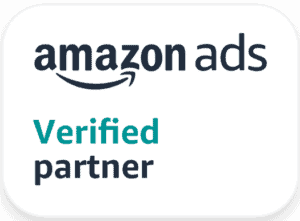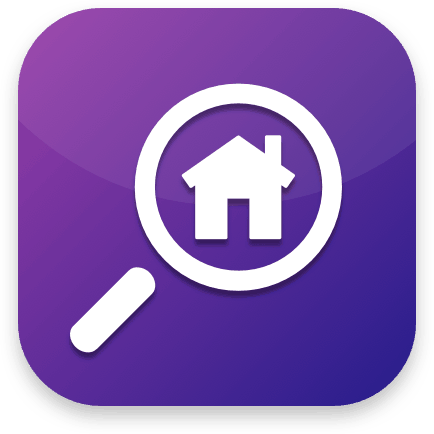Landing Page Optimization For Startups
Landing pages are key to your digital marketing campaign’s success – for several reasons. With paid search, for instance, the relevance and efficacy of each targeted landing page factors in hugely to your success. Your landing pages can also be incredibly effective for building email lists, lead numbers and brand awareness. Regardless of your end goal, the most important aspect of a landing page is that it is reflective of your values as a company and stays true to how you want your company to be perceived.
More is Better (Best)
Your landing pages will offer the best possible representation of your startup and product. That’s right – we landing pages, as in multiple. One isn’t going to do it. For each promotion, for each white paper, for each paid search ad that you have, a specific landing page will need to be built. Plus, you’ll need to do some testing to see what works. The more landing pages you have, the more leads you will capture; after all, recent data shows that companies with more than 40 landing pages get 12 times more leads than those with 5 or fewer.
How To Use Landing Pages
Landing pages offer your startup multiple opportunities to capture new data and new leads. Once you have received a potential customer’s contact information, the opportunities for moving them further down the funnel are almost endless. Offering freebies and staying in touch via social media, email marketing and advertising require the use of…that’s right – unique and relevant landing pages. These could be for:
- Promotional Offers (One of the most popular way to capture leads and drive conversions)
- Email Newsletter Sign Ups
- Contests
- White Paper Downloads
- First Sales Touch Point
- Advertising (Adwords campaigns)
What Matters
Like with your ads, and your retargeting, and your social efforts, and just about everything else, your landing page should catch the attention of and draw in visitors. It should make them want to enter their contact information, or download your white paper, or get in touch with a salesperson – whatever your landing page asks them to do.
This infographic from Kissmetrics sums up what your page should include nicely. Some of the most important aspects are:
- A headline at the top of the page that is to the point, and relevant to wherever your visitors have landed from (a relevant search ad, email, retargeting ad, or other medium).
- Short and sweet information about whatever you are offering on that page – whether it is a unique deal, a piece of content for downloading, or a contest sign-up form. Keep your content above the fold, and use bullet points or call-outs for the most important information. If the visitor doesn’t want to read, make it easy for them to still utilize the landing page!
- A call to action that stands out and makes clear what you want page visitors to do. A button that both stands out and clearly shows users where to click to proceed is a no-brainer. Orange is the perfect color to do the job.
- Images! Images are a marketer’s best friend. Use them whenever it is aesthetically pleasing to do so. Make sure if the image includes your offer or promotion in some way, that it is clickable.
- Navigation to other parts of your site – preferably at the top of the page. Many times, companies leave this out and therefore miss an opportunity to keep visitors on site longer.
- Forms that are quick and easy to use. Whether you are collecting emails, phone numbers or other information don’t ask too many questions and don’t be too stiff. Throw a fun question in for good measure!
- A/B test like it’s your job (it IS your job!).
Don’t Be Intimidated
There are plenty of tools that will help you build landing pages easily and quickly. Just some of these include:
- Unbounce
- IonInteractive
- HubSpot
- Lander
Always Be Improving
Once you’ve built your landing pages, you’re not done. As with everything else we’ve covered, measuring response and recalibrating is integral to figuring out what makes a successful landing page for your particular business.
Building landing pages offers an excellent opportunity to implement A/B testing. It’s hard to understand why only about half of companies and agencies actually test their landing pages to figure out ways to improve conversions. It’s one of the quickest (and easiest) opportunities you have to really understand what your target audience expects to see from your website. You can test page colors, layout, copy – everything you think would either turn people off from buying or draw them in. See where traffic is heavier versus lighter, and pay attention to bounce rates. [Even Gmail once tested 50 different shades of the color blue to figure out which one converted the most.]
Implement, test, recalibrate… and then start the process all over again! Marketing your startup is a never-ending, fun process. To read more, check out the rest of our series, “How To Market Your Startup”:
How to Market Your Startup: An Introduction
Recent Posts
You’ve heard it here, you’ve heard it there, you’ve heard it from any SEO agency:…
Every month, our SEO team looks back on the previous months to determine wins, losses,…















